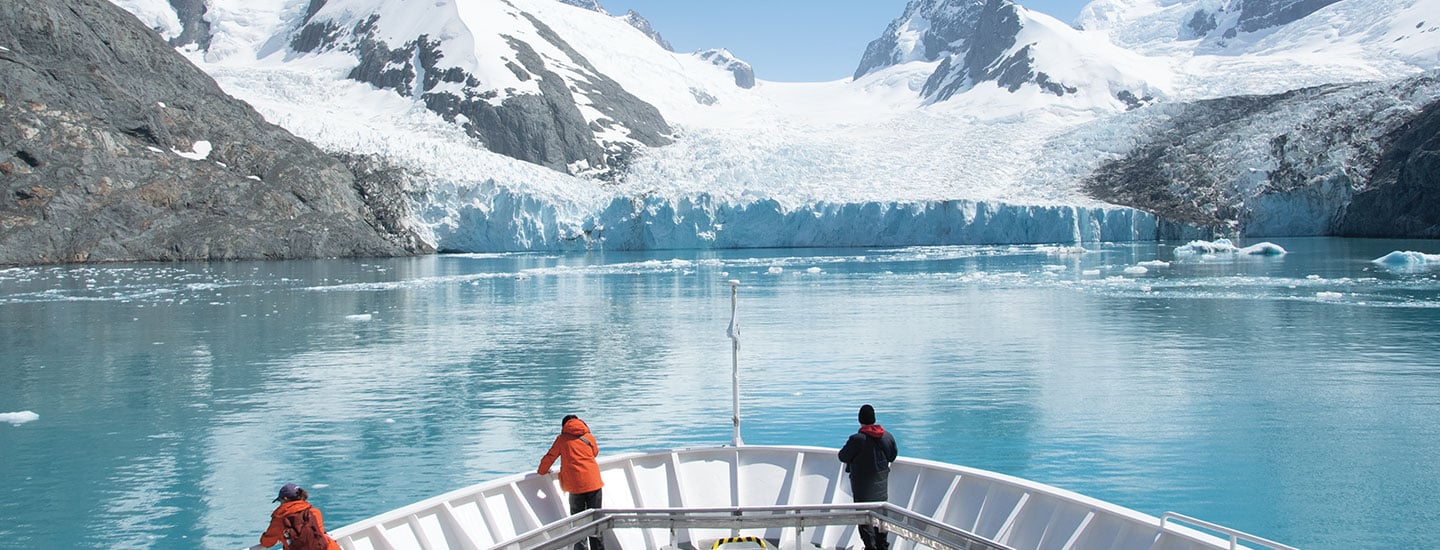It’s not every day that a chunk of ice the size of a city block floats past your window—unless you’re on a ship traveling through the waters surrounding Antarctica. There, icebergs are a common sight. For three weeks in November 2021, I got the chance to explore the Antarctic while joining scientists and photographers on an expedition to the region.
This voyage brought together researchers studying different aspects of Antarctica—including scientists who had come to document glaciers and how they are changing. The icebergs we’d spotted had broken off from these slow-moving masses of ice and snow. We sailed near a few glaciers during the trip. Up close, it was like looking at a wall of ice the height of a skyscraper!
A chunk of ice as big as a city block floats past the window. That’s not something you see every day, unless you’re on a ship in the waters around Antarctica. Icebergs are common there. I got the chance to explore the Antarctic in November 2021. For three weeks, I joined scientists and photographers on an expedition to the region.
The researchers on this voyage were studying different aspects of Antarctica. Some of them had come to document glaciers and how they are changing. Glaciers are slow-moving masses of ice and snow. The icebergs we saw had broken off from glaciers. We sailed near a few glaciers during the trip. Up close, it was like looking at a wall of ice as tall as a skyscraper!

